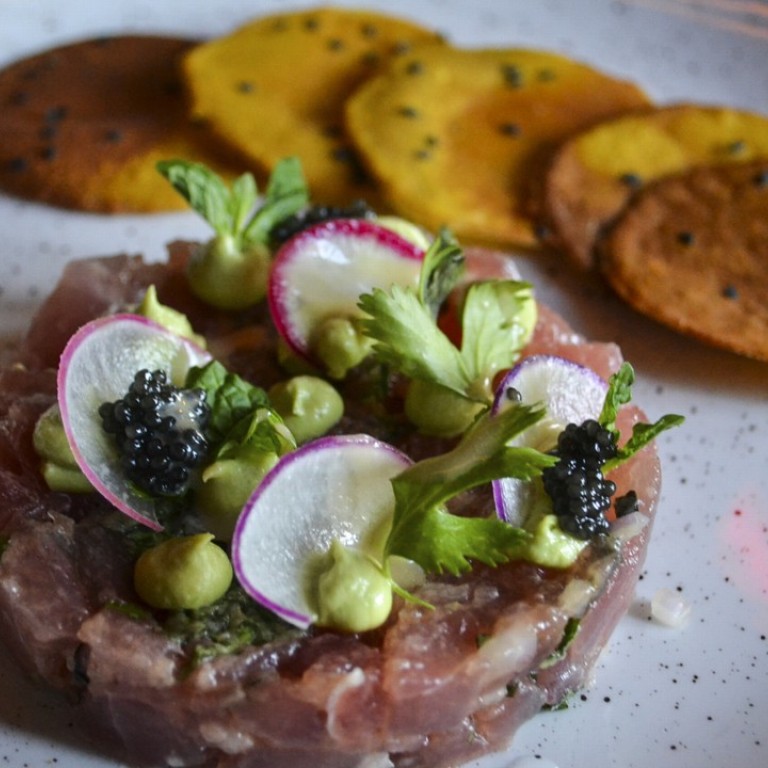
Modern takes on classic New Orleans cuisine are helping its culinary scene bounce back
New Orleans had 800 restaurants before Hurricane Katrina devastated the city; now it has 1,400. And in May the city scooped three ‘Oscars of the food world’, with contemporary takes on the city’s cuisines leading the way
Monday August 22, 2005, was a typically sultry, steamy New Orleans day. By the end of the week, however, the city would be devastated by Hurricane Katrina, at the time the strongest hurricane recorded in the Gulf of Mexico. Winds of up to 193km/h and a subsequent storm surge destroyed the famous levees and flooded 80 per cent of the city. More than 1,200 people died; The Big Easy would never be the same again.
It may seem incongruous discussing a natural disaster in a story about restaurants, but there’s a very good reason. Prior to Hurricane Katrina there were about 800 restaurants in the city but, in the 12 years since, the number has almost doubled to 1,400, even as the population has fallen by more than 100,000.
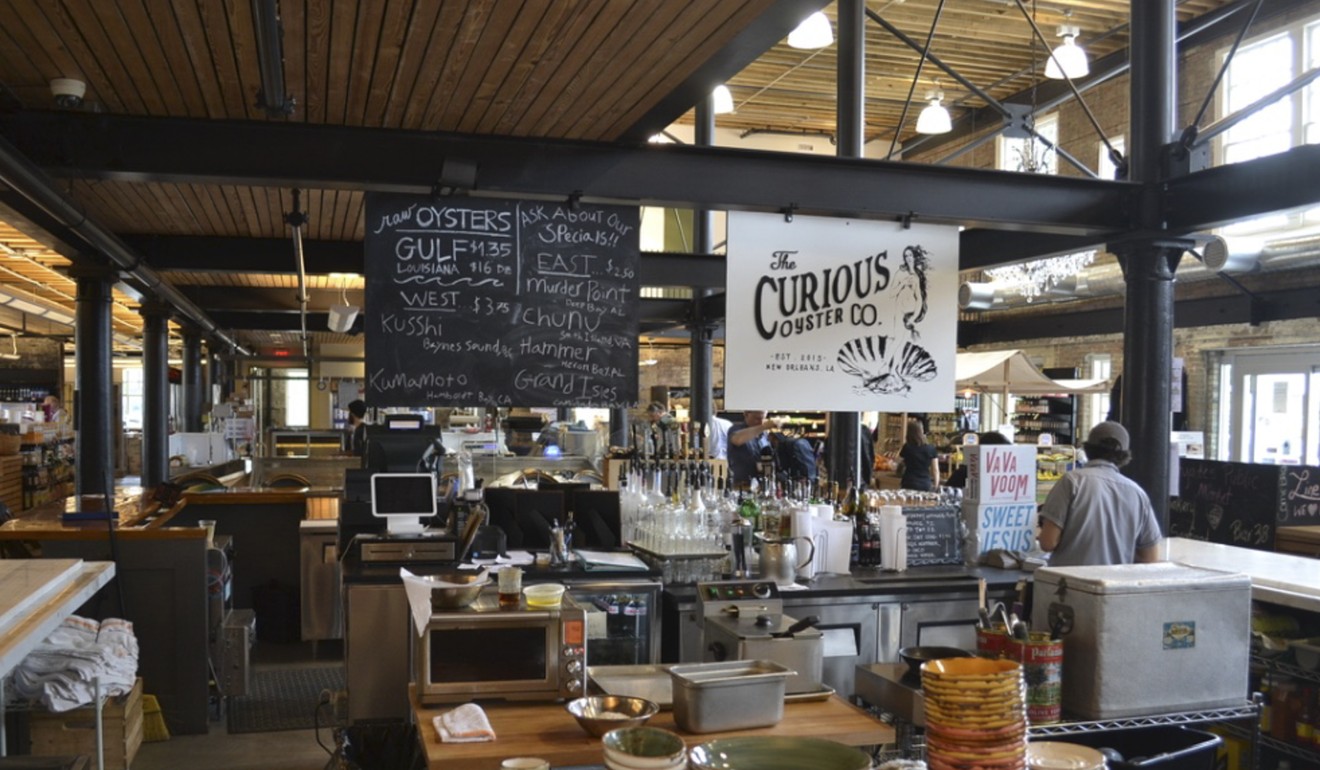
Consequently, New Orleans’ burgeoning, critically acclaimed dining scene and restaurant industry is one of the success stories to emerge from the tragedy. In May, at the prestigious James Beard Awards – considered as the “Oscars of the food world” – the city took home three: rising star chef, outstanding bar programme and best regional chef.
That success is especially remarkable as the city’s population is only 400,000, a fraction of larger metropolises. The figure does, though, explain its culinary sense of community.
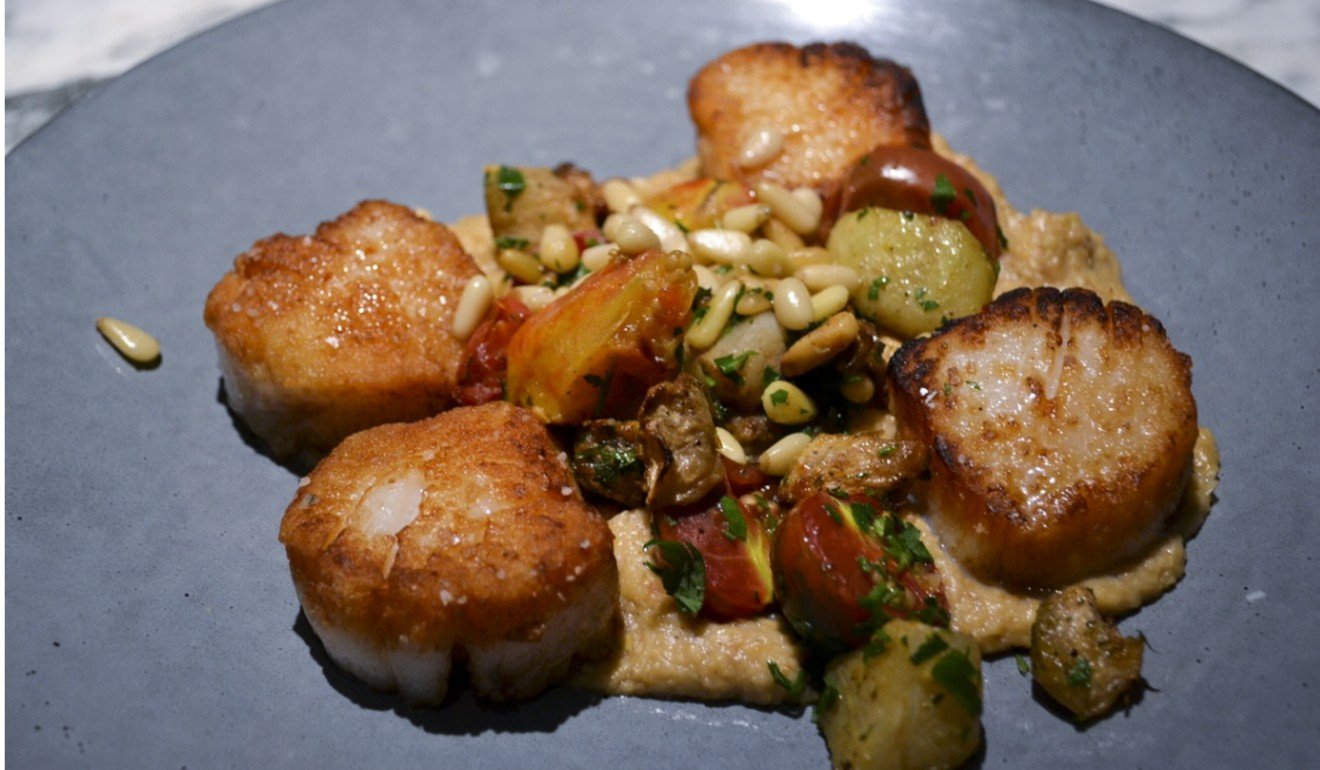
“New Orleans struggled to stay alive in the wake of Katrina, but we responded the only way we know how: eat, drink and repeat,” says Jack Carson, chef at the Aberdeen Marina Club in Hong Kong, a New Orleans native.
“Our small population brings the restaurant scene close, so together with the modern slow food movement, the city’s chefs have been motivated to rise to the level of James Beard.”
New chef at Lily & Bloom gives American comfort food a gourmet twist
New Orleans is one of America’s most diverse melting pots of cultures and cuisines, with the city’s food representing more than four centuries of immigration. Among the first were the Acadians, 16th-century French colonists from Canada’s eastern seaboard, who thrived until the British conquest and the enforced “Great Expulsion” that started in 1755. More than 10,000 were deported, ostensibly for refusing to pledge allegiance to the British crown and convert from Catholicism. Many ended up in Louisiana, where their original French name “Les Acadiens” was slowly butchered by non-French speakers until “Cajun” was born.
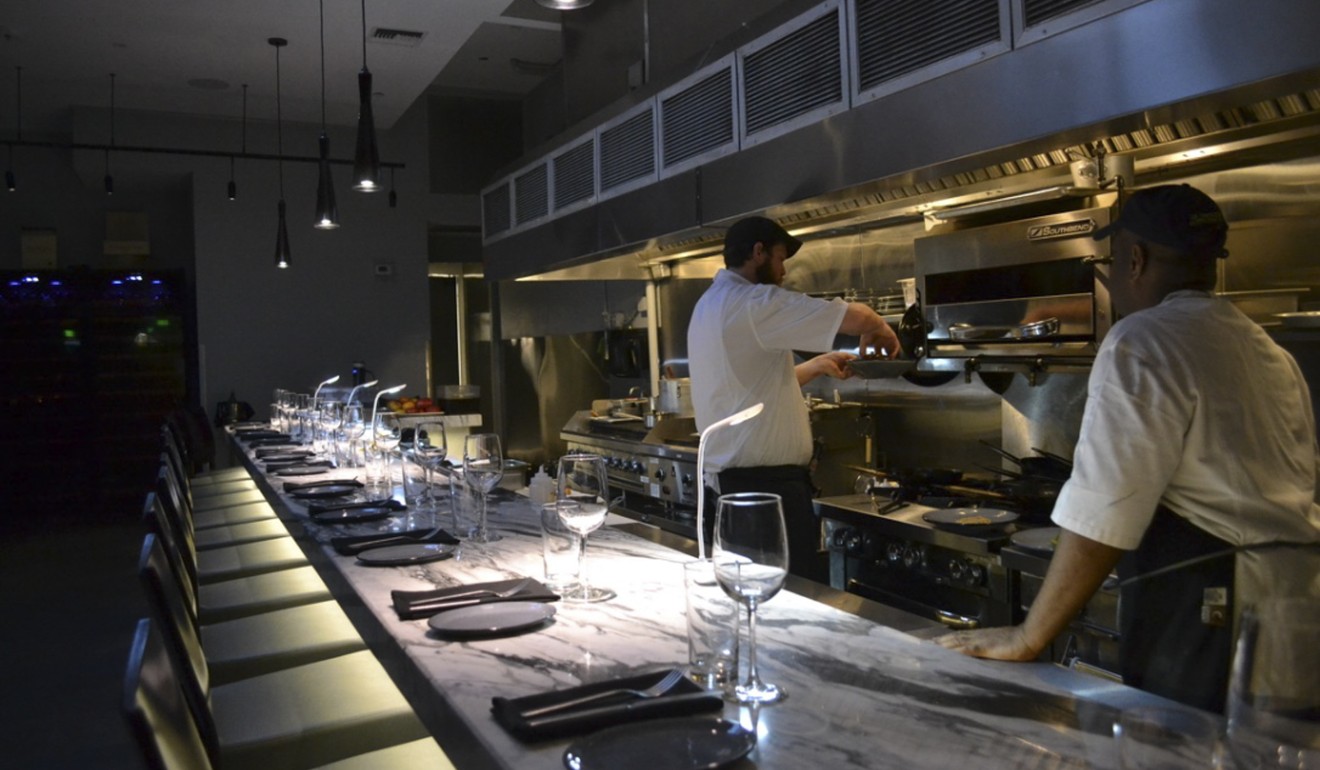
Today, the Acadians’ cultural and culinary influence is everywhere, from a “boucherie” – where a pig is butchered and every last part used; true nose-to-tail – or in the ubiquitous boudin and smoked andouille sausages with cayenne pepper, an ingredient which often mistakenly suggests that Cajun dishes are spicy.
What’s known as the “Holy trinity of Cajun cuisine”, however, is steeped in classical French tradition: the mirepoix. While the French use a mix of carrots, onion and celery, the Cajuns version use onion, celery and bell pepper to provide the base of flavour for countless sauces and dishes.

There are scores of restaurants in New Orleans serving gumbo, crawfish étouffée and other classic Cajun dishes with vastly differing levels of authenticity and quality. Commander’s Palace is well-loved as they have been perfecting their recipes since 1880; Bon Ton Café serve what is widely seen as the best crawfish bisque in town; while for many, the jambalaya at The Old Coffeepot takes some beating.
But more contemporary takes on the city’s cuisines are now leading the way, such as those from Nina Compton, a 37-year-old St Lucian. She trained at New York’s Culinary Institute of America and fell in love with New Orleans while filming Top Chef, before opening her restaurant, Compère Lapin, which has since won critical and public acclaim.

Every meal there kicks off with hot buttermilk biscuits flecked with chives, flanked by two butter cylinders with honey and bacon. Compton’s plates fuse the best of her home and adopted region, such as the conch croquettes with pickled pineapple tartare sauce. Cold-smoked tuna comes prettily plated and moulded in a tian (earthenware dish), with dots of avocado, curls of radish, micro greens and tiny spoonfuls of “Cajun caviar” – a Louisiana delicacy hand-harvested from choupique fish in the freshwater Atchafalaya Basin.
Next, curried goat with sweet potato gnocchi rightly stands out as one of her signature dishes. It’s a bowl of joy, with the pillow-soft dark orange gnocchi playing a supporting role to one of the world’s most-underrated meats, goat, which has been slow-cooked in spices that would feel equally at home in Trinidad or Mumbai. Chopped cashews and fresh coriander give textural contrast, all helping to make the dish more than the sum of its parts.
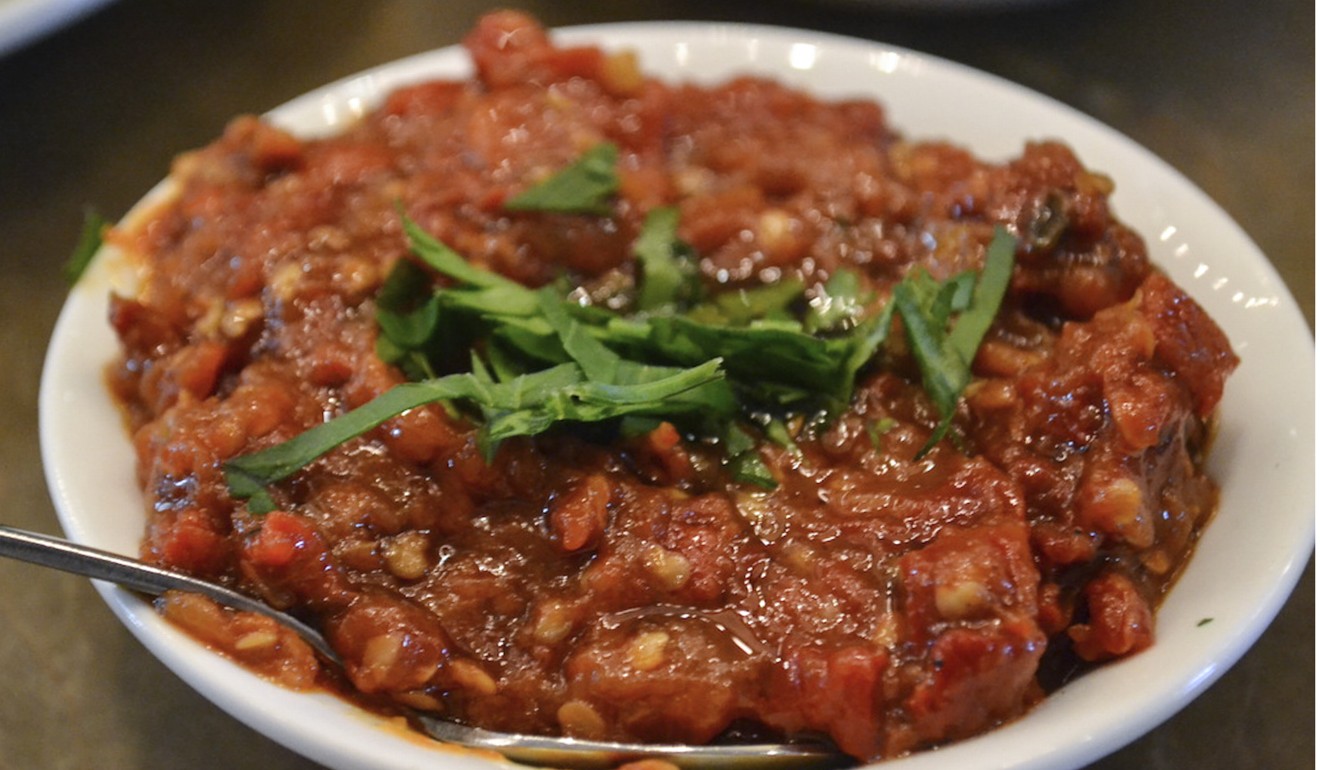
Following the curve of the Mississippi River, a restaurant called Trinity sits in the historic French Quarter. The name pays homage to the aforementioned Holy Trinity of Cajun cuisine, but the kitchen also serves modern takes on another famous ‘C’ in Louisiana’s food lexicon: Creole.
Katrina reminded me that I was put on this earth to bring comfort and happiness to people through food
Creole cuisine was historically more urban than Cajun, a mixture of cultures and flavours such as Spanish, West African, Caribbean, Portuguese and Italian. As the cuisine was often prepared for those in wealthier parts of society, exotic ingredients and spices would be included, making the dishes creamier and richer.
Best 30 steaks in the world, from Argentina to Japan
Rich is certainly the case at Trinity, where chef Michael Isolani’s menu is divided into “oysters”, “fingers”, “forks” and “knives”. Under “oysters” sit five variations on local bivalves, including one with fennel, chilli oil and cream with Herbsaint, an aniseed-flavoured liqueur first made in a local apothecary in 1934.
“Fingers” includes heart-attack-inducing duck fat hush puppies – deep-fried cakes of maize dough served with a sharp and sweet green tomato jam. Another less-than-healthy option is the crawfish and fontina cheese beignet with tarragon aioli dip.
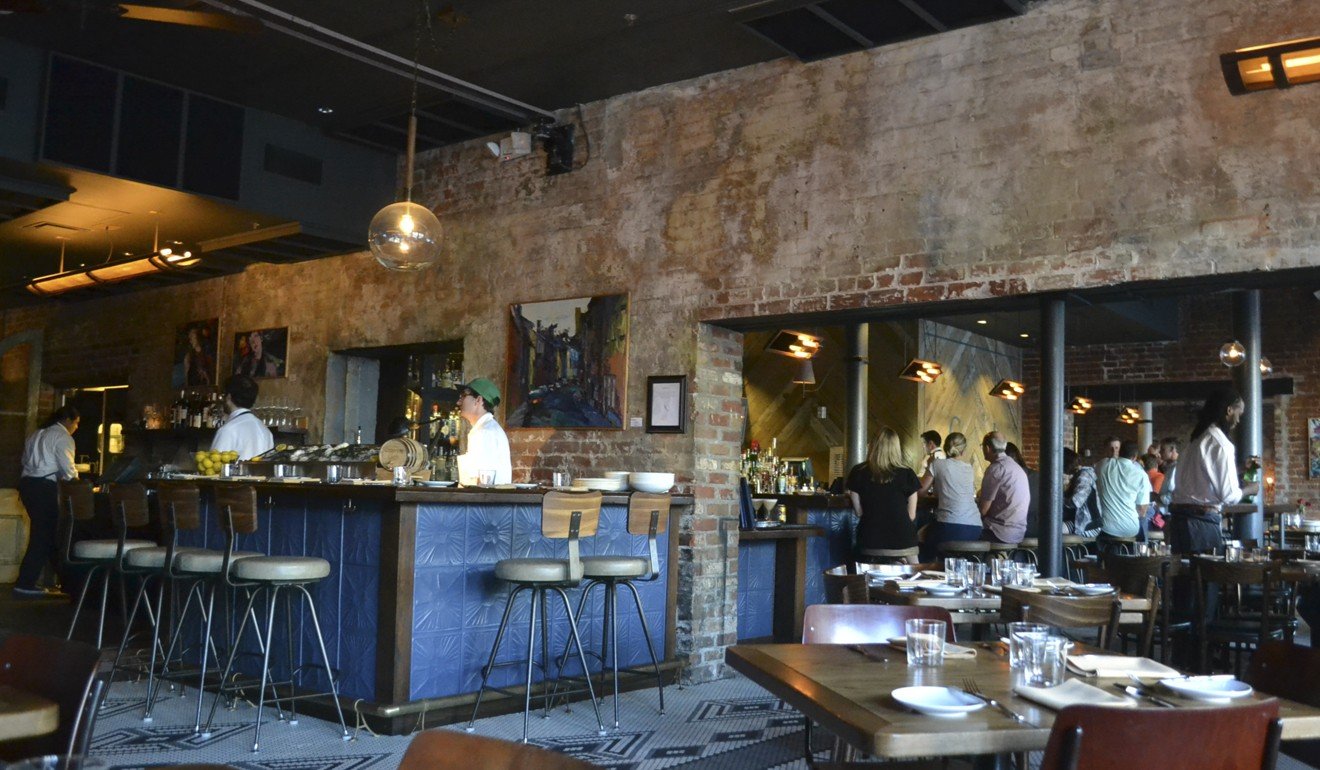
Under “knives”, seared scallops come with sweetcorn purée and roasted mirliton, a New Orleans name for a type of knobbly green squash which is also known as chayote. Then, to finish in true Big Easy style – where calorie counting is often the last thing considered – comes a “Fat Elvis” banana split with chocolate and peanut butter ice cream, candied bacon, and bananas.
The contrast with the light, healthy cuisine on offer at Shaya could hardly be greater. Last year the James Beard Awards named Shaya as the best restaurant in the country, and this year one of its young chefs, Zachary Engel, took the rising star chef award. The owner is chef Alon Shaya, born in Tel Aviv but raised mainly in Philadelphia. He says that he approaches Israel’s cuisine “as a grand mosaic, drawing influence and inspiration from North Africa, the Middle East, Eastern Europe, Turkey and Greece”.

Astonishingly good dishes from the modest kitchen and wood-fired oven include the Levantine classic baba ganoush, taken to new heights by carefully wood-roasting the aubergine, before mixing in sour cream and topping it with green garlic and grilled onions.
Lutenitsa, meanwhile, is Shaya’s grandmother’s recipe, a Bulgarian purée of roasted pepper, aubergine, garlic and tomato that positively vibrates with deliciousness. Lamb kebabs are sublime too, spiked with cumin and paprika before being grilled and served with tomato, cilantro, pine nuts and creamy tahini – a kaleidoscope of flavour and colour.
The skinny on trying to diet in the face of American food
Shaya is modest, but admits that one of the less frequently ordered dishes, a wood-roasted cabbage with muhammara, hazelnuts and tahini, is “out of control good”.
“The cabbage caramelises really nicely in the wood-burning oven, and when scooped up with the creamy and spicy muhammara and the crunchy hazelnuts, it is everything you want it to be,” he says.

During the immediate aftermath of Hurricane Katrina, Shaya made a very different dish: red beans and rice, a beloved city staple for those involved in the rescue efforts.
“Katrina reminded me that I was put on this Earth to bring comfort and happiness to people through food,” he says. “I stopped thinking about cooking as a way to feed my ego and instead focused on providing someone with a meal that they would want to eat. I would see it in their eyes; they were truly hungry, needing nourishment after days of rescuing people. Katrina was my wake-up call to go back to the roots of food.”
As Katrina opened Alon Shaya’s eyes to his true calling, it also bought winds of culinary change across New Orleans – not least in the growth of a hugely exciting restaurant scene.
Commander’s Palace, 1403 Washington Ave, New Orleans, tel: + 504 899 8221, commanderspalace.com
Bon Ton Café, 401 Magazine St, tel: +504 524 3386, thebontoncafe.com
The Old Coffeepot, 714 St Peter St, tel: +504 524 3500, theoldcoffeepot.com
Compère Lapin, The Old No. 77 Hotel & Chandlery, 535 Tchoupitoulas St, +504 599 2119, comperelapin.com
Trinity, 1117 Decatur Street, +504 325 5789, trinityrestaurantneworleans.com
Shaya, 4213 Magazine St, +504 891 4213, shayarestaurant.com

